As University of Minnesota researchers use in-person surveying to understand factors impacting food insecurity among Somali American communities, the University Campus Club cooks restaurant-level meals for college students experiencing food insecurity.
A recent University of Minnesota research study found food insecurity in the upper-Midwestern Somali American community was almost double the national average.
Harshada Karnik, researcher at the Center for Public Health Systems, said organizations like the Department of Agriculture (USDA) study food insecurity. Food insecurity affects nearly 11% to 12% of the national population.
“On a national level, the USDA does a good job of tracking where food insecurity is,” Karnik said. “But, if you look at the Somali American community in Minnesota, which is one of our biggest immigrant communities, we don’t have any data and that drove me to drill deeper.”
Karnik collected data from St. Cloud, Rochester, Mankato, Moorhead, East Grand Forks in Minnesota and Fargo and Grand Forks in North Dakota, Omaha in Nebraska and Des Moines in Iowa. It was common for members of the community to utilize their social network to make getting food possible, Karnik said.
For example, some people ask their neighbors for rides to local food shelves, advice on where to get food and babysitting help for when they go grocery shopping, Karnik added.
Karnik worked with community members to remove the language barrier, conducting surveys in English in English-learning classes and mosques, Karnik said.
“It’s a new community in the country, so it’s very important to form those relationships by working closely with community leaders to ensure participation in the study,” Karnik said.
Hikaru Peterson, Karnik’s mentor, said she hopes this research process will help identify new efforts in the community.
“It could be an upstream of the supply chain, allowing community members to have the ability to grow their own land,” Peterson said. “Or maybe raise their own livestock so that they can have more of their culturally based food source.”
The Campus Club at the University has been fighting food insecurity since 2020, partnering with the Kitchen Coalition, Swipe Out Hunger and Second Harvest Heartland to make restaurant-quality meals with donated food and serve food-insecure college students on campus.
Campus Club Executive Chef Beth Jones said since this effort was started, the club has provided more than 90,000 meals just to University students.
Every Thursday at 3 p.m. on the first floor of Coffman Union, meals are given to students in need with no questions asked about income or financial need, making it a destigmatizing process, Jones said.
There are usually 400 meals served from the Campus Club and those meals are typically gone in less than 30 minutes, according to Jones. There are vegan, gluten-free, vegetarian and allergen-free options.
“I had this false impression that if a student graduates from high school and they get into college, they’re on the right track,” Jones said. “We don’t think about all those bumps along the road that can really throw people off, and hunger is just such a huge problem throughout this country and on campuses.”
This article has been updated.
Correction: The original version of this article misstated how the language barrier was lowered. Karnik partnered her survey with community members.
Clarification: The study was conducted by the University of Minnesota, not the Center for Public Health System.


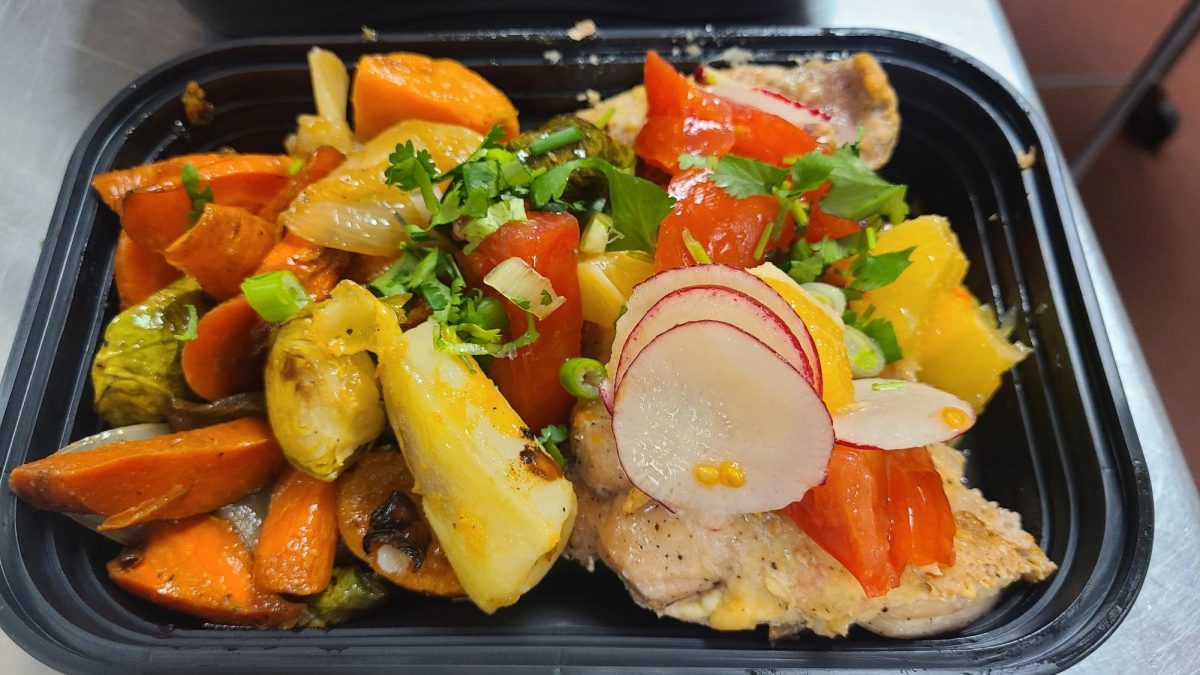
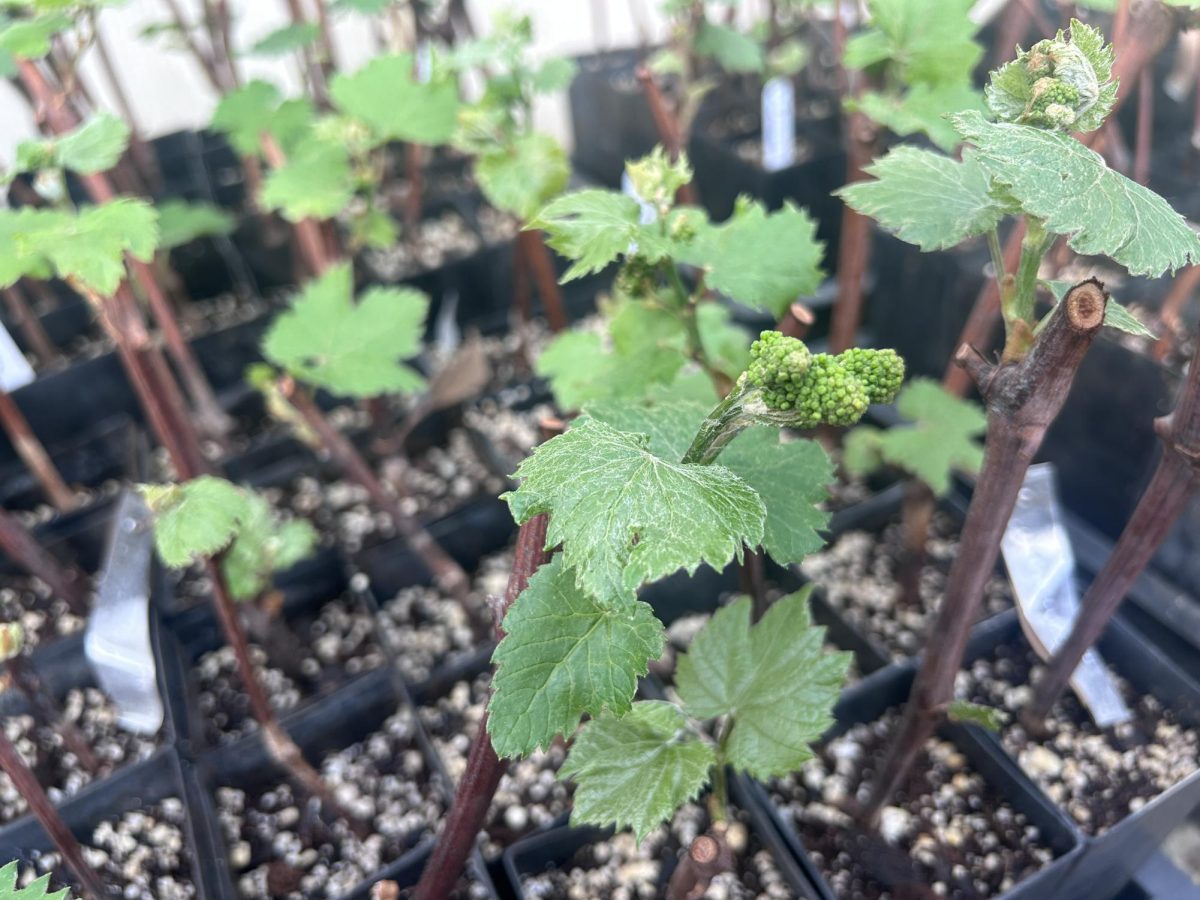
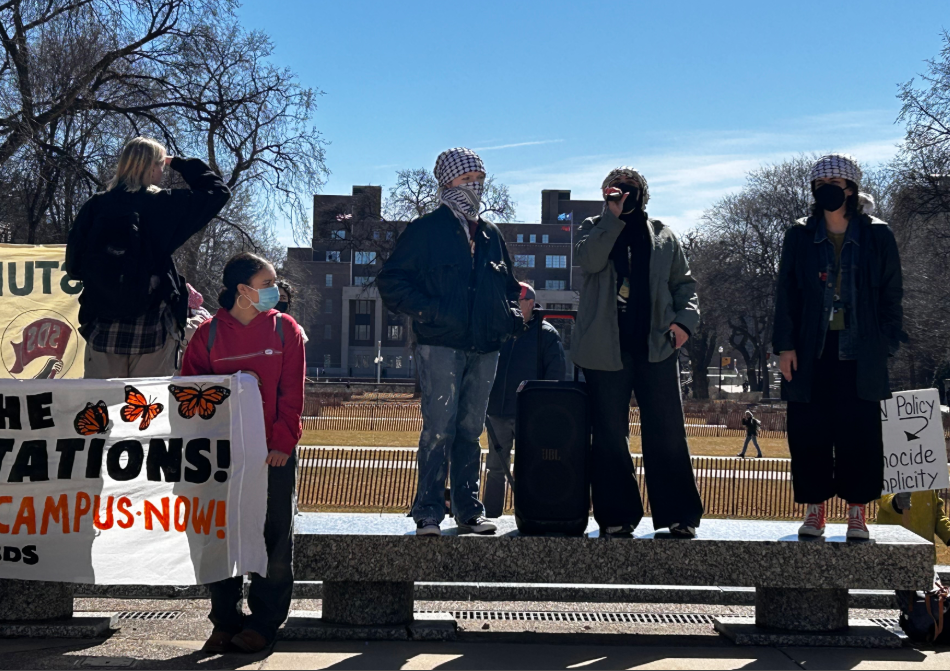

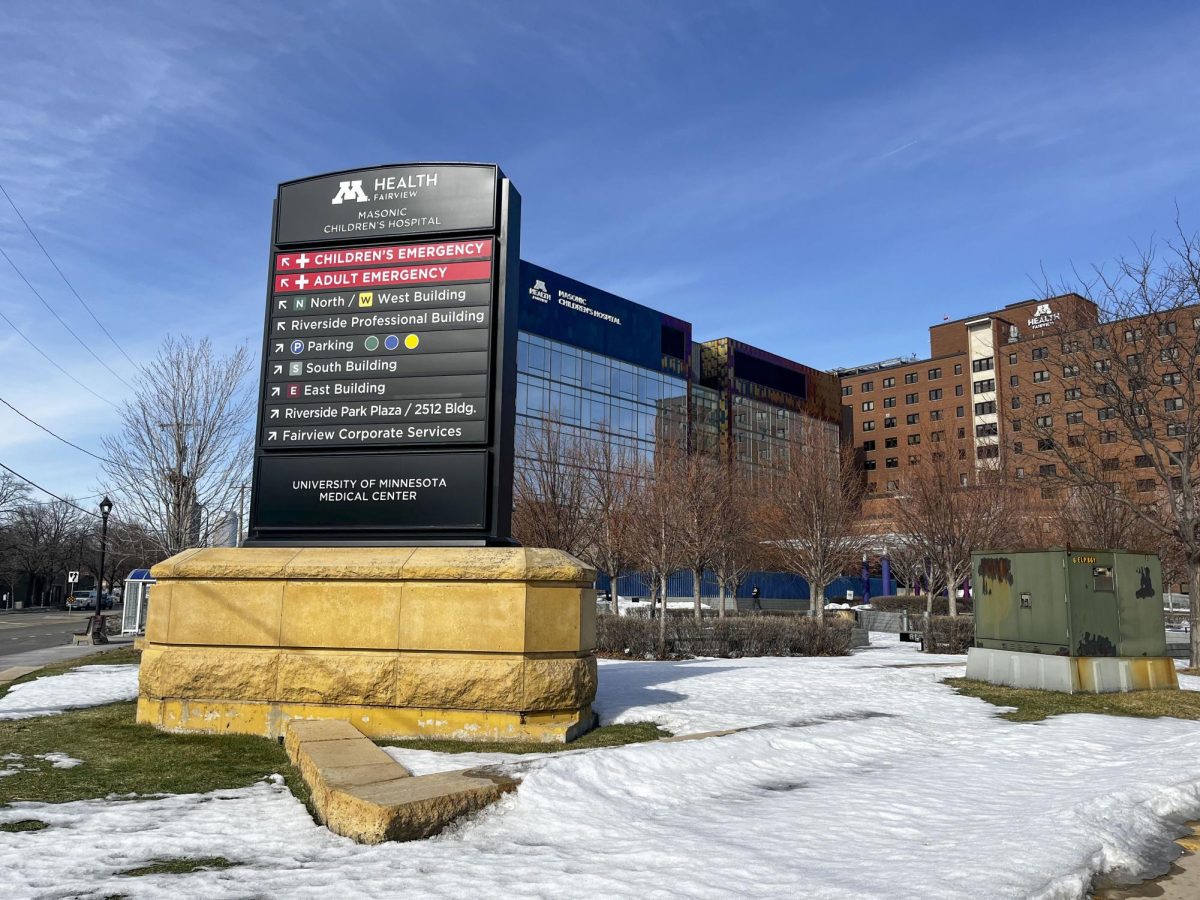
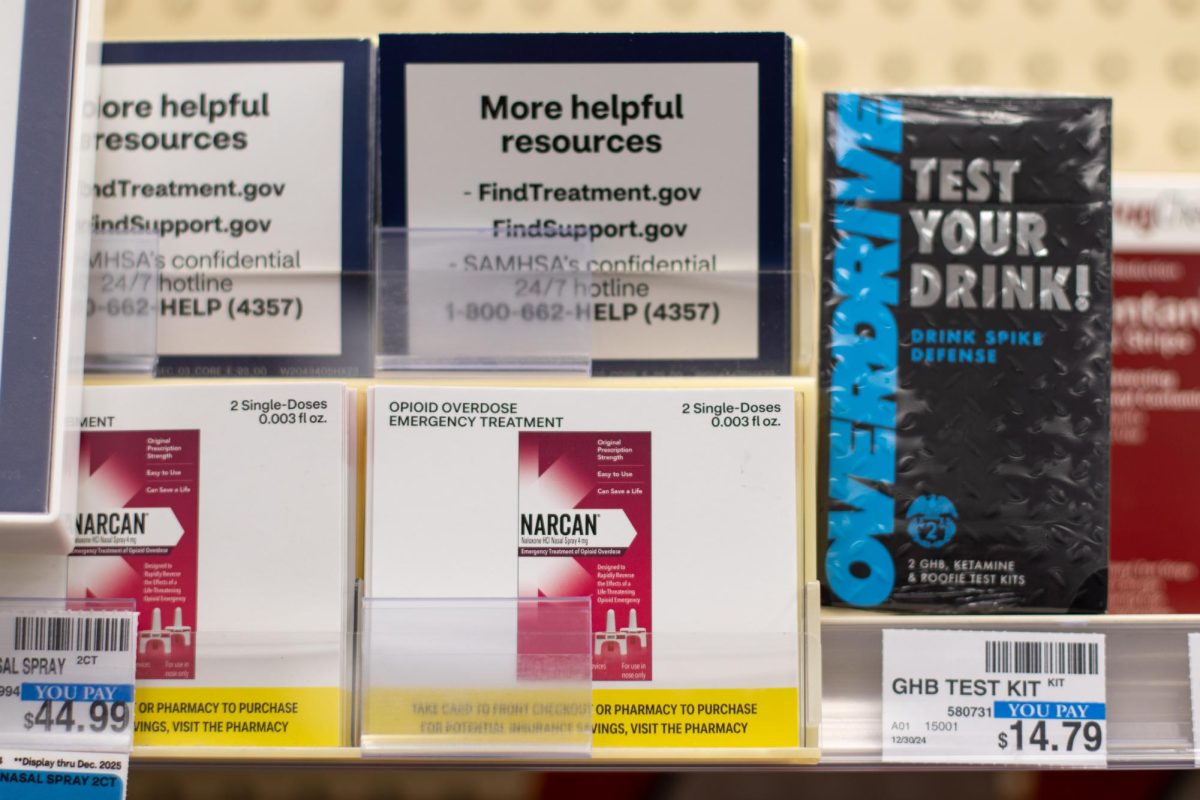
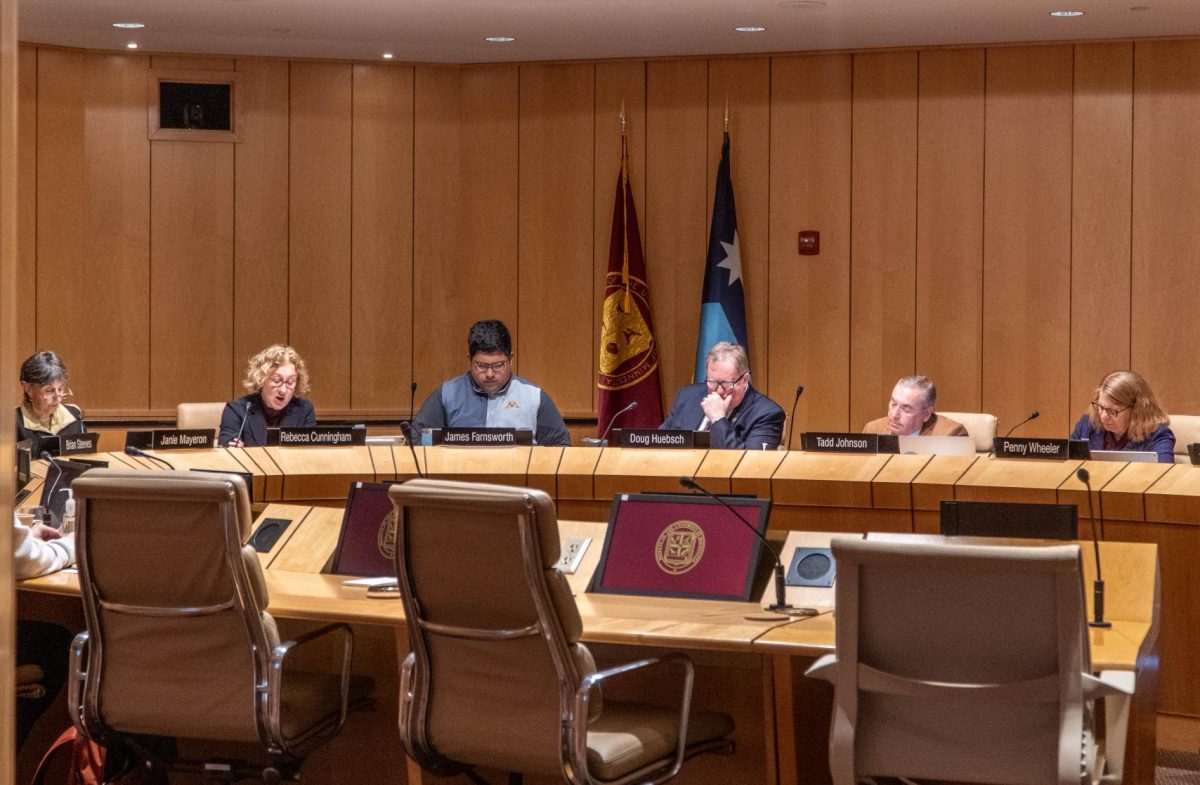


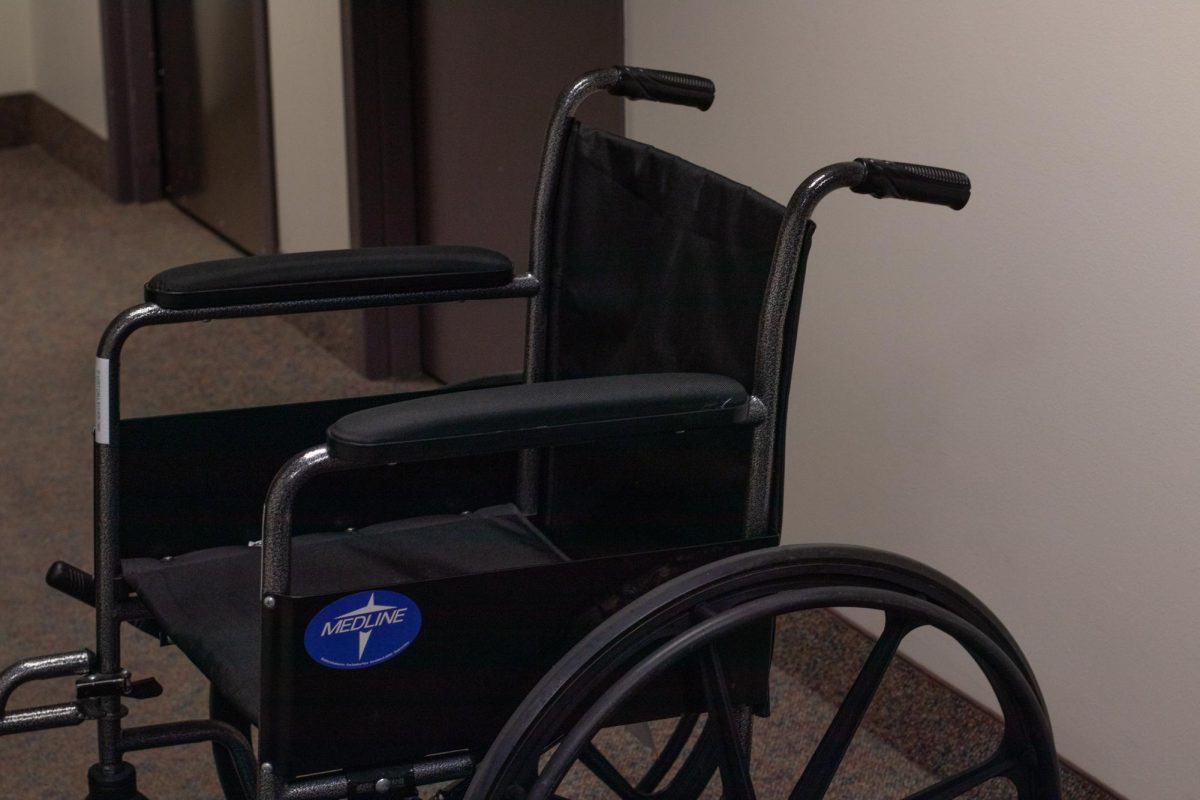


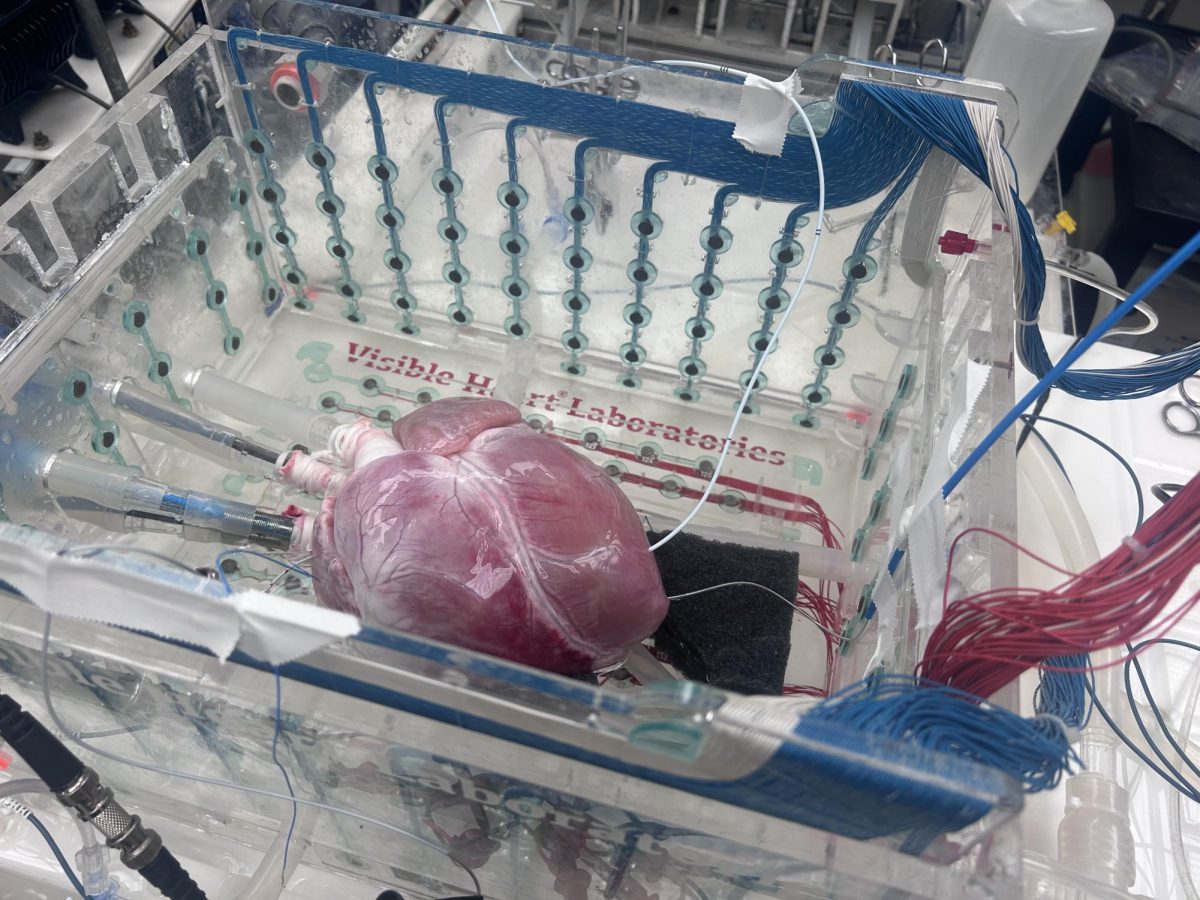
Gina
Nov 3, 2023 at 12:54 pm
great to see, hopefully future expansion can provide more meals more frequently!